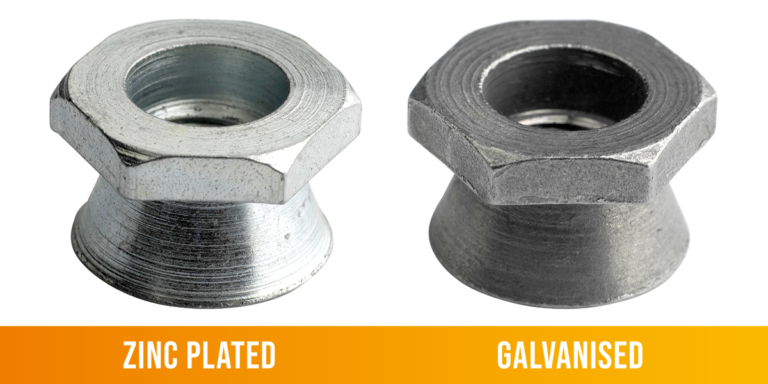Constructing reliable correctional facilities requires a meticulous focus on safety and security. With the primary goal of detaining individuals securely and preventing escapes, it is crucial to implement robust measures throughout the facility. One often overlooked aspect is the choice of fasteners used in the construction process. In this article, we will explore the benefits of security fasteners and how they contribute to enhancing safety and security in correctional and remand facilities.
Deterrence of Unauthorised Access
Security fasteners play a vital role in deterring unauthorised access within correctional facilities. These fasteners are specifically designed to resist tampering, vandalism, and forced entry attempts. Implementing security fasteners in critical areas such as doors, windows, and fencing systems significantly reduces the likelihood of escape or unauthorised entry. This provides a strong deterrent to potential security breaches.
Preventing Inmate Alterations and Modifications
Incarcerated individuals often attempt to modify or tamper with their surroundings. Engineers design security fasteners to resist these attempts, making it difficult for inmates to dismantle or remove fixtures, fittings, and equipment. By using tamper-proof screws and bolts, construction teams can limit potential hazards within the facility, maintaining a safer environment for both inmates and staff.
Enhanced Structural Integrity
Correctional and remand centres must endure substantial stress and strain, as well as potential acts of aggression. Enhanced structural integrity is achieved through security fasteners, which are designed to keep fixtures and fittings securely in place even under duress. By incorporating high-strength fasteners in critical areas like cell doors, gates, and perimeter fencing, the facility significantly improves overall stability, thereby reducing the risk of breaches and structural failures.
Reduction in Maintenance Costs
Common tools can easily remove or loosen traditional fasteners, resulting in frequent repairs and replacements. Security fasteners, on the other hand, require specialised tools for installation and removal, making them extremely resistant to tampering. By minimising maintenance and repairs due to inmate tampering, construction teams save time and resources, lowering overall facility maintenance costs.
Compliance with Regulations and Standards
Correctional and remand facilities follow strict regulations set by governing bodies. Additionally, security fasteners meet safety and security standards for construction projects. Contractors, by using these fasteners, show commitment to a secure environment, fulfilling legal obligations and industry guidelines.
Conclusion
Incorporating security fasteners in correctional and remand centre construction is essential for ensuring the safety and security of these facilities. Security fasteners offer invaluable benefits, including deterring unauthorised access, preventing inmate alterations, enhancing structural integrity, and reducing maintenance costs. Construction professionals contribute to a secure environment prioritising the welfare of inmates and staff by selecting and installing specialised fasteners. Investing in security fasteners is a critical step in constructing robust, reliable correctional facilities that fulfill their essential role in society.
Our team of experts are ready to assist you in choosing the most suitable security screws for your specific requirements.
Contact us today on 1800 776 565.
Secure Your Assets with Sentinel Group Security Screws.
Choose Sentinel Group Security & Customised Fastening Solutions.




